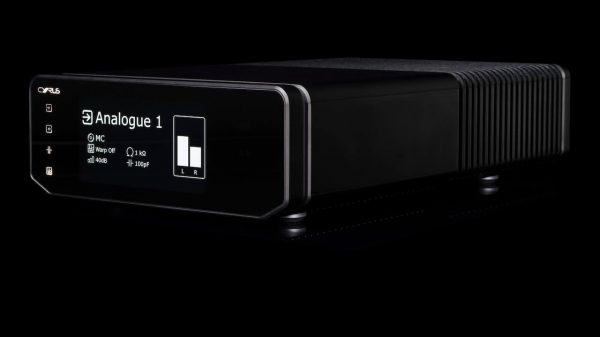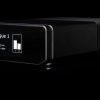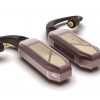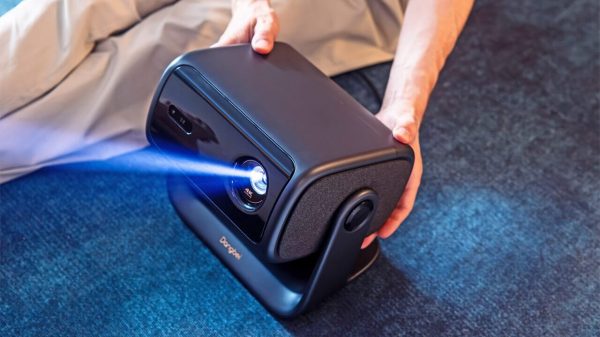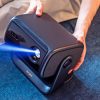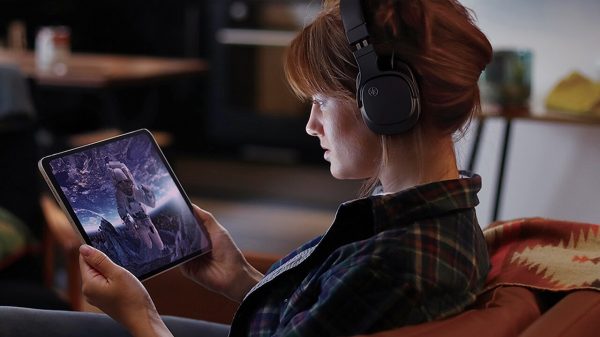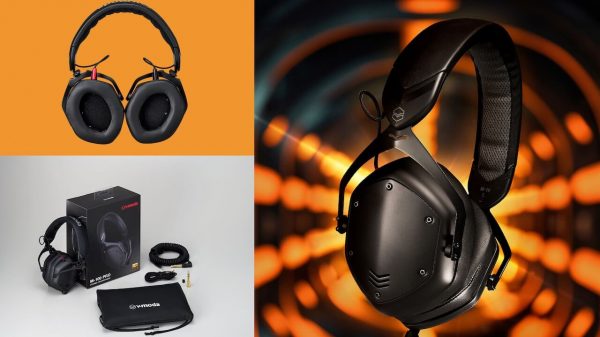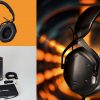National Radio Systems Committee Announces Program For Improving FM Broadcast Information Display
Arlington, Va., December 13, 2004 – The National Radio Systems Committee (NRSC), a standard setting forum jointly sponsored by the Consumer Electronics Association (CEA) and the National Association of Broadcasters (NAB), today announced a standards program designed to improve the display of broadcast information for FM radio.
The NRSC’s Radio Broadcast Data System (RBDS) Subcommittee has begun development of an Open Data Application (ODA) to improve the ability of broadcasters and receiver manufacturers to display song title, artist and other program information associated with FM radio broadcasts. This ODA is expected to be incorporated into the U.S. RBDS Standard, and the features that it provides also will be considered for incorporation into the in-band on-channel digital audio broadcasting standard currently being developed by the NRSC’s Digital Audio Broadcast Subcommittee.
The Subcommittee is considering two proposals detailing how the ODA would be structured. Interested parties may submit specific proposals for accomplishing this to the NRSC by sending them to:
Megan Hays
Manager, Technology & Standards
Consumer Electronics Association
2500 Wilson Boulevard
Arlington, VA 22201-3824
Tel: (703) 907-7660
Email: mhayes@ce.org
and
David Layer
Director, Advanced Engineering
National Association of Broadcasters
1771 N Street, NW
Washington, DC 20036
Tel: (202) 429-5339
Email: dlayer@nab.org
The deadline for submission is January 15, 2005.
About NRSC:
The National Radio Systems Committee (NRSC) is jointly sponsored by the National Association of Broadcasters (NAB) and the Consumer Electronics Association (CEA). Its purpose is to study and make recommendations for technical standards that relate to radio broadcasting and the reception of radio broadcast signals. The NRSC is a vehicle by which broadcasters and receiver manufacturers can work together towards solutions to common problems in radio broadcast systems.
Anyone who has a business interest in the technology being investigated by the NRSC is welcome to join the Committee and participate in its activities. Members of the NRSC are generally engineers, scientists, or technicians with in-depth knowledge of the subject being studied. In order to promote the free exchange of ideas during Committee work, members of the press are not allowed to attend NRSC meetings. However, members of the press are free to contact Committee chairpersons, NAB, or CEA with general questions about meetings. NRSC meetings are held on an as-needed basis, and NRSC members must participate at their own expense.
About NAB:
The National Association of Broadcasters is a full-service trade association that promotes and protects free, over-the-air local radio and television stations’ interests in Washington and around the world. NAB is the broadcaster’s voice before Congress, federal agencies and the courts. NAB also serves a growing number of associate and international broadcaster members. Information about NAB can be found at www.nab.org.
About CEA:
The Consumer Electronics Association (CEA) is the preeminent trade association promoting growth in the consumer technology industry through technology policy, events, research, promotion and the fostering of business and strategic relationships. CEA represents more than 1,800 corporate members involved in the design, development, manufacturing, distribution and integration of audio, video, mobile electronics, wireless and landline communications, information technology, home networking, multimedia and accessory products, as well as related services that are sold through consumer channels. Combined, CEA’s members account for more than $90 billion in annual sales. CEA’s resources are available online at www.CE.org, the definitive source for information about the consumer electronics industry.
CEA also sponsors and manages the International CES – Defining Tomorrow’s Technology. All profits from CES are reinvested into industry services, including technical training and education, industry promotion, engineering standards development, market research and legislative advocacy.


